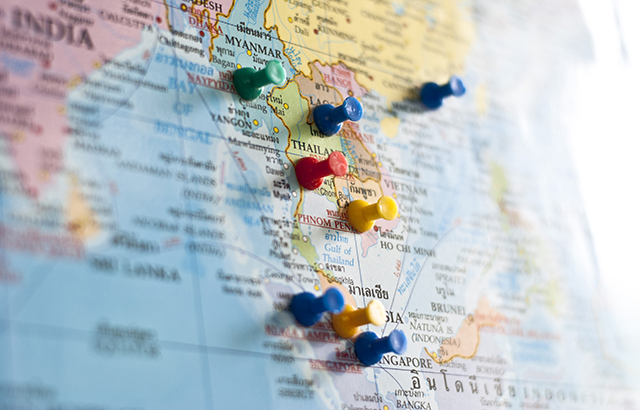Hong Kong has had several ETF launches already this year from firms including BMO, Amundi, Commerzbank, Samsung Asset Management, and China’s CSOP.
“We are seeing significant changes in Asia causing new issuers and products to come to market,” said Fuhr, who spoke to International Adviser’s sister publication Fund Selector Asia on a recent trip to Hong Kong.
The drivers in Hong Kong include new regulations allowing leveraged and inverse products, she said.
Limited leveraged and inverse products
In February, Hong Kong’s Securities and Futures Commission said it would allow a limited range of leveraged and inverse products, which are effectively higher risk exchange traded funds.
Samsung Asset Management and China’s CSOP have expressed interest in leveraged and inverse products.
“In Hong Kong, retail participation in the market is significant and the trading of leveraged and inverse ETFs will encourage retail to look at ETFs,” Fuhr said.
She also said the products could result in more partnerships. “[To issue] leveraged and inverse products a firm has to prove they have expertise in that area. That will probably come from partners. You will probably see some US firms, maybe a Proshares, for example, helping Hong Kong firms to bring products to market.”
Singapore is also making changes around leveraged and inverse products, she added.
Chinese exposure
Another driver is the possible inclusion of China’s A-shares on the MSCI indices.
“Should China’s A-shares be included into mainstream indices, many will use ETFs to implement exposure to China because it’s difficult to get individual stock research. MSCI inclusion is a question of when, not if.”
Other significant support comes from Hong Kong’s Mandatory Provident Fund, which will be including more ETFs, she said. “We also see larger mutual funds buying ETFs as building blocks. The increasing awareness will push changes and bring more issuers [to Asia].”
At the end of April, Asia-Pacific ex-Japan ETFs had $125bn in assets. The figure is up from $118bn at the end of 2014, according to ETFGI data.
Active versus passive
However, Asia participation in ETFs is still small. Globally, ETFs had assets of $3.1trn (£2.1trn, €2.8trn) at the end of April.
Fuhr said a more general trend is that investors are becoming smarter and checking whether active managers are doing what they say they do. Discussion around active versus index funds and the impact of fees on performance is “a theme that has come to forefront”, she said, particularly in the US and Europe.
According to studies by S&P Dow Jones, roughly 80% of active fund managers in Europe and in the US failed to beat their benchmark over multiple time periods, according to separate SPIVA Scorecard reports.
ETFs have been boring products that nonetheless outperform most actively-managed funds.
“It’s not exciting to go to a party and say you just bought an S&P 500 ETF. We are seeing that conversation shift when people see how many active funds are delivering alpha.”








